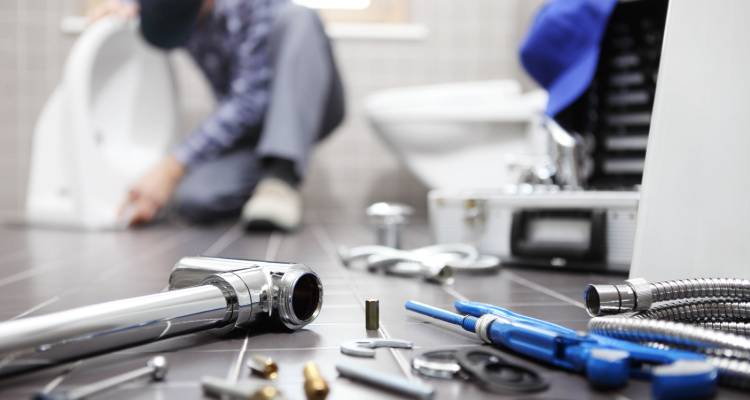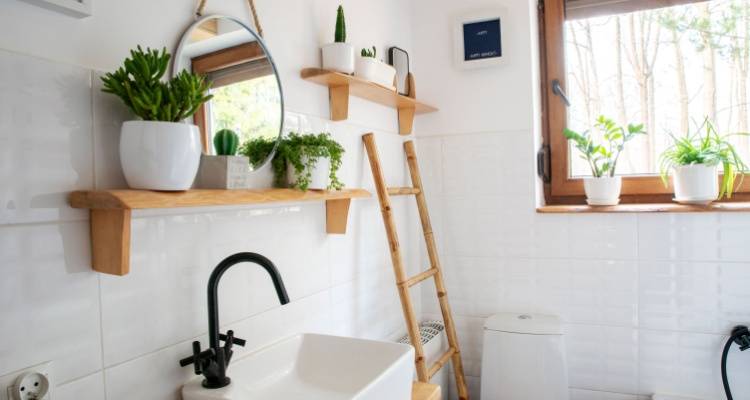What To Do in Your Garden In September
As autumn nears, you should consider what steps you might want to undertake in your garden this September. In this blog, we’ll look at eight standout examples.
Let’s dive in!
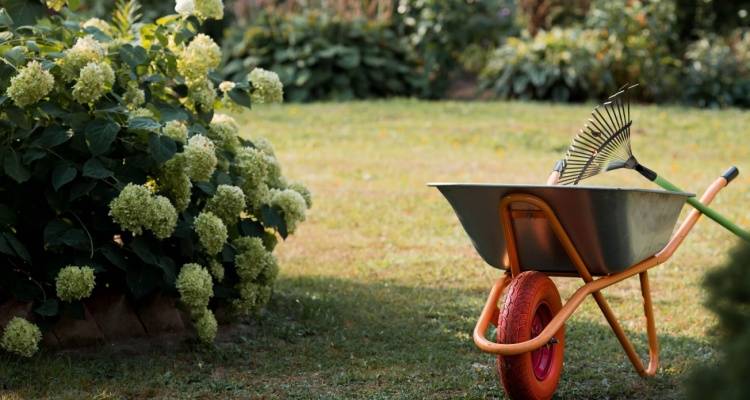
1. Garden Maintenance Work
First and foremost, you should consider what steps you might need to take in order to maintain your garden this September with autumn arriving.
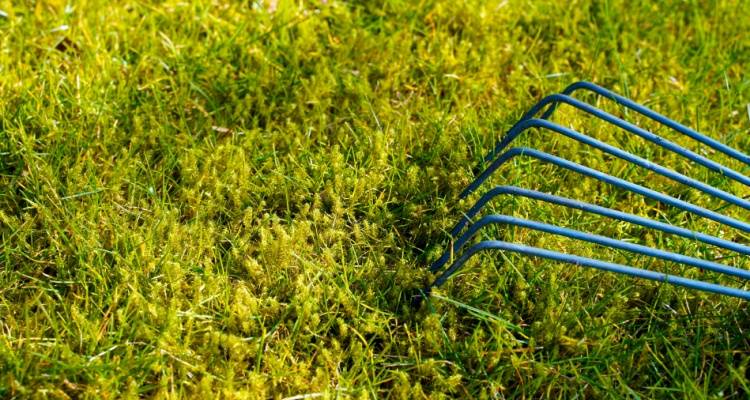
Some notable garden maintenance tasks you’ll want to consider undertaking this September include raking thatch from lawns, using bird netting to cover tender salad leaves, water any autumn-flowering asters and clean out your greenhouse or/and cold frames (if applicable).
2. Collect Ripe Seeds
You may also want to collect ripe seeds from flowers you’d like to plant ahead of sowing come the Spring.
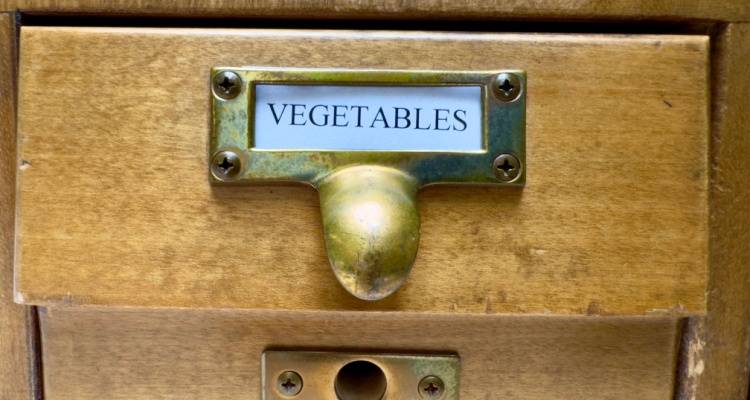
Of course, you’ll want to ensure you opt for seeds that not only match the sort of flowers you prefer but that can be sowed in the springtime.
Ensure you keep seeds stored in a cool and dry location that is also not exposed to direct sunlight. You might also like to keep seeds in labelled envelopes and then place these envelopes in a suitable cupboard.
3. Sow Hardy Annuals and Perennials
September is also a good month for collecting and sowing seeds for hardy annuals and perennials alike.
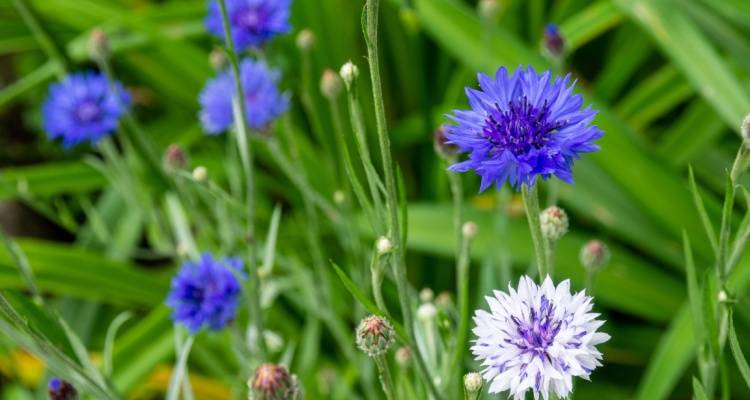
This approach allows you to expand your garden’s plant population and vibrancy without spending a penny. That said, you must be sure of the steps required. If in doubt, check with a local professional gardener.
Popular hardy annuals to sow in September include cornflowers, ammi and certainties. Whatever hardy annuals and perennials you’d like to sow, just be sure that you consider what plants match your preferences, that you have adequate space and consider whether or not all the selected flowers are okay to plant together (i.e. that they do not interact with each other in a harmful manner).
Hardy annuals and perennials sowed in September will generally blossom in the spring or early summer, though this will vary depending on the plant(s) in question.
4. Continue Harvesting Crops
There’s a good chance that this September, you’ll need to harvest crops, though this will depend on the crops present in your garden.
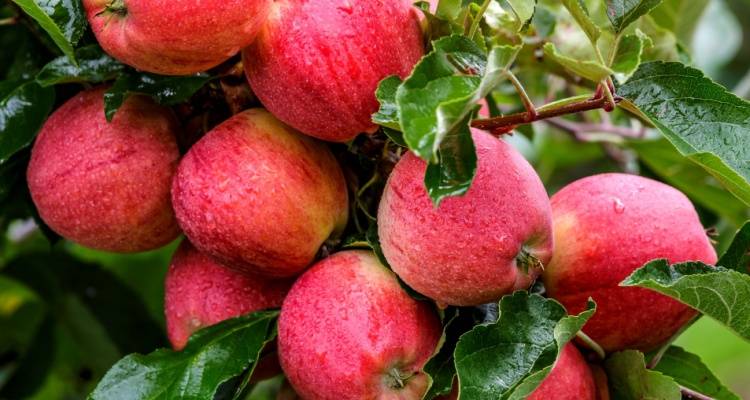
Some notable crops that will likely need to be harvested come September include apples, potatoes, runner beans, melons, onions, plums and figs.
5. Take a Look at Tree Ties/Plant Supports
It’s also a good idea to inspect any tree ties or/and plant supports in your garden. In fact, it’s best to check these every few weeks throughout the year.
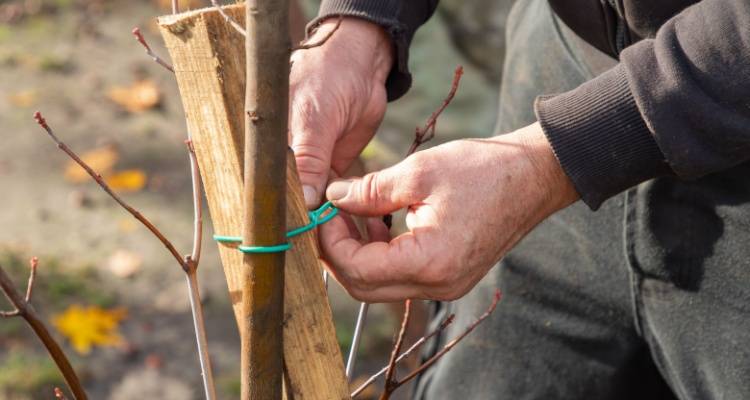
That said, whether or not you’ve taken a look at tree ties or/and plant supports in your gardens recently, it’s important to inspect them as autumn arrives with harsher weather likely on the horizon. Continue to check them every few weeks through the autumn/winter and beyond.
6. Think of Ways to Change Up Your Garden Design
We also advise considering how to change up your garden’s design upon reaching September. This way you can transform the look and feel of your garden while also making it a better suited and perhaps even more versatile environment for the autumn season.
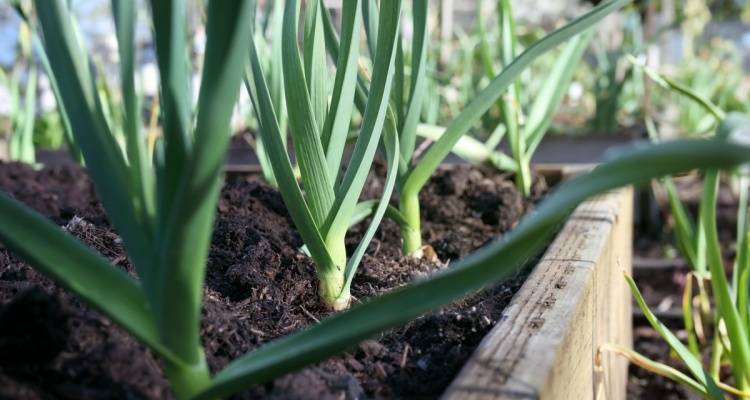
Some ideas you may want to consider include the following:
- Add freestanding solar garden lights*
- Having one or more water features installed (e.g. stainless steel spherical water feature, bird bath water feature or small garden pond)
- Revitalise or replace existing garden paths
- Swap out existing garden furniture for newer, more polished alternatives
- Introduce one or more raised beds if there’s a suitable location for such a setup
* You may want to consider having fancier/more sophisticated lighting installations such as floodlights, wall lights, or/and security lights. In these cases, you must hire a qualified electrician as any electrical work needed must be performed by a professional for legal and safety reasons.
7. Deadheading of Flowers Where Needed
As some flowers fade or die, it’s best to remove them to keep existing plants looking fresh and lively.
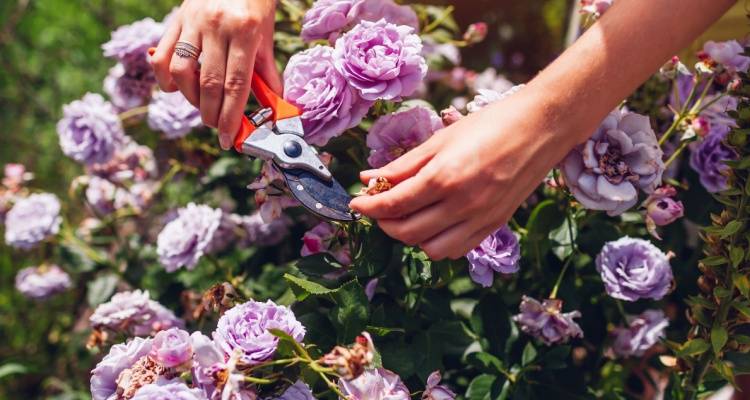
How often you’ll need to deadhead flowers (in or around September or throughout the year) will vary based on various factors, including the type of flowers in question.
In September, you’ll want to continue deadheading plants such as delphiniums, roses and dahlias.
8. Carefully Clean Ponds/Water Features
If you have an existing garden pond or/and water features, it’s best to clean them well at this time of year.
In general, a pond needs a regular clean about once a year, whereas your pond filter should be cleaned once or twice per year. You should only perform this work (especially in relation to the pond filter) if you’re absolutely sure of what’s involved. Otherwise, you’ll want to hire a professional.
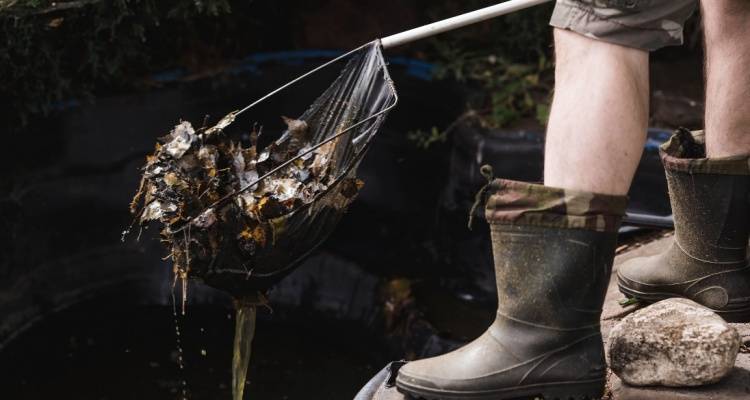
Some steps involved in cleaning a garden pond can include removing dead or fading leaves and cutting back on plant growth that is becoming overbearing. The preferred steps can vary based on the time of year.
You should also take the time to clean your water features in September. Again, proceed with caution and only proceed DIY if sure of what is involved. Otherwise, hire a professional.
|
Find Tradespeople & Save Money
MyJobQuote connects you with up to 3 available local tradespeople, so you can compare quotes & save money with ease.
|

|

